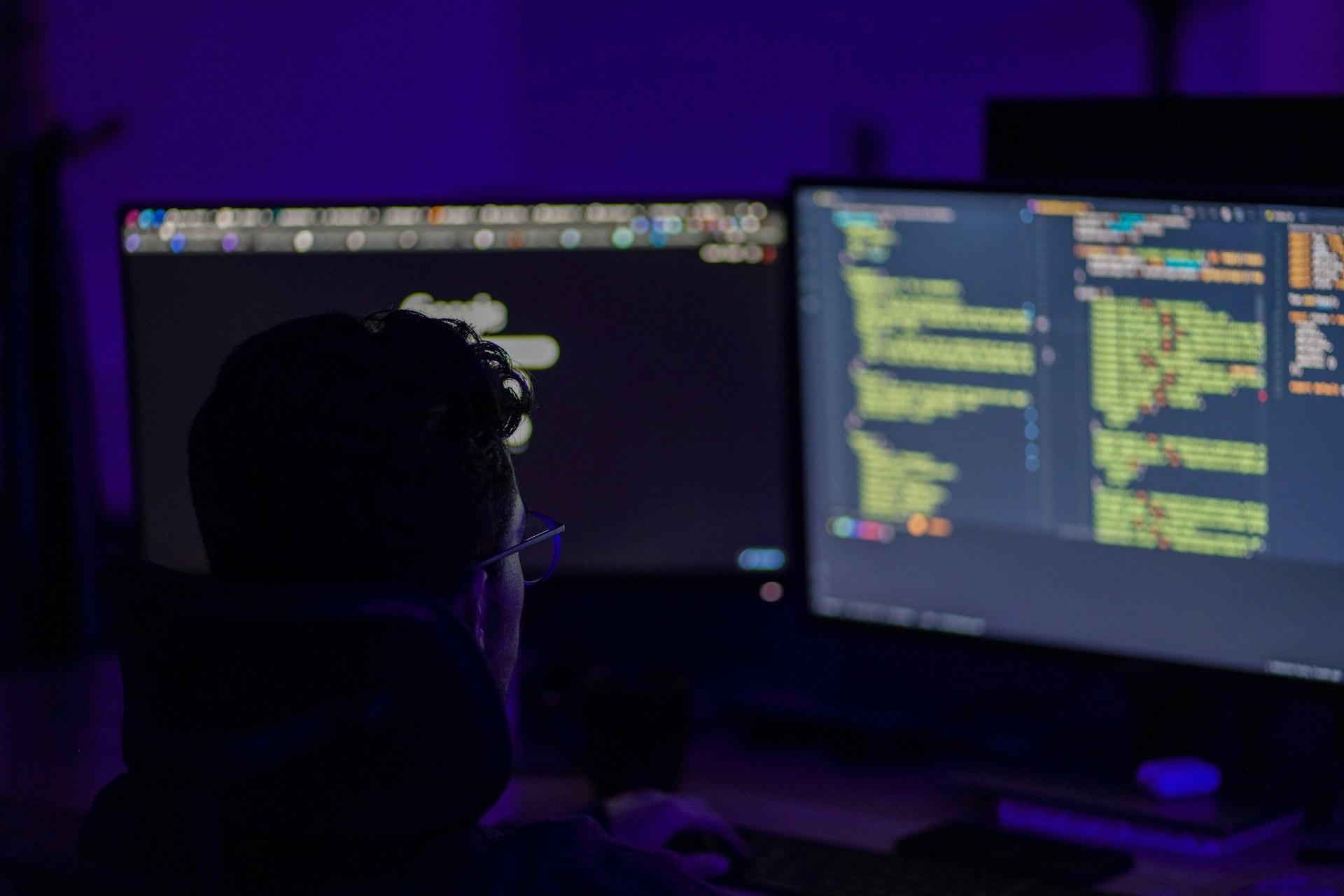Navigating the Future: AI-Generated Game Environments and Their Transformative Impact

Photo by KNXRT on Unsplash
Introduction
The evolution of AI-generated game environments is rapidly reshaping the gaming industry. From procedural world-building to adaptive storytelling and democratized development, artificial intelligence is unlocking new possibilities in both the creation and experience of digital worlds. This article explores the current capabilities, future trends, actionable steps for adoption, and the challenges faced by developers and studios embracing AI in game environments.
AI-Driven World Building: Procedural Generation and Narrative Intelligence
Modern AI technologies enable game developers to generate entire worlds, assets, and narratives with minimal manual input. Techniques such as procedural generation and advanced neural networks allow for the creation of realistic terrains, dynamic landscapes, and detailed textures at unprecedented speed and scale. These AI systems generate not only art assets but also cohesive narratives, believable non-player characters (NPCs), and game mechanics that adapt to player choices [1] .
For example, games like No Man’s Sky have utilized procedural generation to create massive, varied universes, and ongoing advancements mean future games could feature worlds with unique histories, conflicts, and social dynamics generated by AI. This results in infinite replayability and highly personalized experiences for players [2] .
Actionable Steps for Developers
- Explore AI-driven game engines and middleware that support procedural content generation.
- Experiment with generative adversarial networks (GANs) and variational autoencoders (VAEs) for diverse asset creation.
- Integrate transformer-based models for dynamic narrative and dialogue generation.
- Consult open-source AI libraries and frameworks to prototype adaptive game environments.
Adaptive and Dynamic Environments: Enhancing Gameplay
Generative AI models now enable highly adaptive environments that respond to player decisions, actions, and preferences. Self-learning NPCs evolve based on player interaction, resulting in unique and unpredictable gameplay each session. AI-driven storytelling adapts narratives in real time, ensuring that no two playthroughs are identical [3] .
Cloud-based AI processing further expands accessibility, allowing resource-intensive models to run on a wide range of devices without requiring high-end hardware. This democratizes cutting-edge experiences for players using mobile devices, consoles, or PCs.

Photo by Trà Äá»— on Unsplash
Case Study Example
Recent frameworks like Microsoft’s MaaG demonstrate how neural networks can generate entire game environments frame-by-frame, maintaining both visual appeal and mechanical consistency. These innovations address longstanding challenges in spatial alignment and logical coherence, paving the way for highly playable AI-generated worlds [4] .
Democratizing Game Development: Accessibility for All
AI tools are lowering barriers to entry for studios and solo creators. Tasks that once demanded specialized teams-such as rigging, texture mapping, and environment design-can now be automated, freeing artists to focus on creativity and innovation [5] . Data-efficient models mean developers no longer require extensive datasets to train AI, making advanced game design accessible to indie teams.
Step-by-Step Guidance for Indie Developers
- Identify AI-powered tools and platforms suitable for your workflow (e.g., Unity’s ML-Agents, Unreal Engine’s MetaHuman).
- Participate in online courses and communities focused on generative AI in game development.
- Leverage cloud services for scalable AI processing and testing.
- Iterate rapidly using automated asset generation and adaptive environment modules.
If you are new to AI-driven development, consider searching for ‘AI game development tutorials’ or ‘procedural generation frameworks’ through reputable educational websites, such as Coursera, Udemy, or university-affiliated portals.
Challenges and Solutions in AI-Generated Game Environments
Despite the promise, AI-generated environments face several challenges:
- Spatial Consistency: Maintaining logical alignment and coherence in procedurally generated worlds remains difficult. Frameworks like MaaG are making progress, but repetitive or disjointed environments can still occur [4] .
- Quality Control: Automated asset creation may require manual review to ensure aesthetic and functional standards are met.
- Ethical Considerations: AI-generated content must avoid bias and respect intellectual property rights.
Developers are advised to:
- Implement robust testing and validation protocols for generated assets.
- Use AI frameworks that support human-in-the-loop review.
- Monitor AI outputs for unwanted repetition or inconsistencies, and refine training datasets accordingly.
Integrating AI with AR/VR: Expanding Immersive Experiences
Neural rendering and AI-driven content generation are crucial for seamless AR/VR integration. These technologies allow virtual elements to blend convincingly with real-world environments, resulting in immersive entertainment, virtual try-ons, and training applications. Efficient neural rendering ensures smooth performance and prevents motion sickness in AR/VR contexts [1] .
To get started, developers can:
- Adopt neural rendering engines compatible with their target platforms.
- Experiment with AR/VR frameworks supporting AI-generated content, such as Unity XR or Unreal Engine’s AR modules.
- Stay informed about best practices by following updates from established AR/VR research labs and industry conferences.
Alternative Approaches and Future Directions
While generative AI is transformative, some studios may prefer hybrid approaches, blending traditional design with AI-driven elements for greater creative control. Human-AI collaboration can yield the best results, balancing efficiency with artistry. As AI models become more sophisticated, expect richer personalization, deeper narratives, and larger, more interactive worlds.
Industry experts suggest monitoring academic research and participating in public betas of new AI frameworks to stay ahead of the curve. For those seeking additional resources, search for ‘game AI research groups’, ‘generative AI toolkits’, or ‘AI game art communities’ on official industry sites and forums.
Conclusion
The future of AI-generated game environments is bright, offering vast opportunities for innovation, efficiency, and creativity. Developers and studios can leverage these technologies to build immersive, dynamic worlds tailored to player preferences. By embracing both the possibilities and the challenges, game creators are poised to redefine the boundaries of digital entertainment for years to come.
References
- [1] Alpha3D (2024). AI Game Rendering Revolution: The Future is Now.
- [2] XCubeLabs (2024). Generative AI in Game Development: Creating Dynamic and Adaptive Environments.
- [3] Cubix (2024). The Evolution of Games with Artificial Intelligence.
- [4] Microsoft Research (2025). MaaG: A new framework for consistent AI-generated games.
- [5] iLogos (2024). The State of AI in Modern Game Art: Innovations and Trends.



